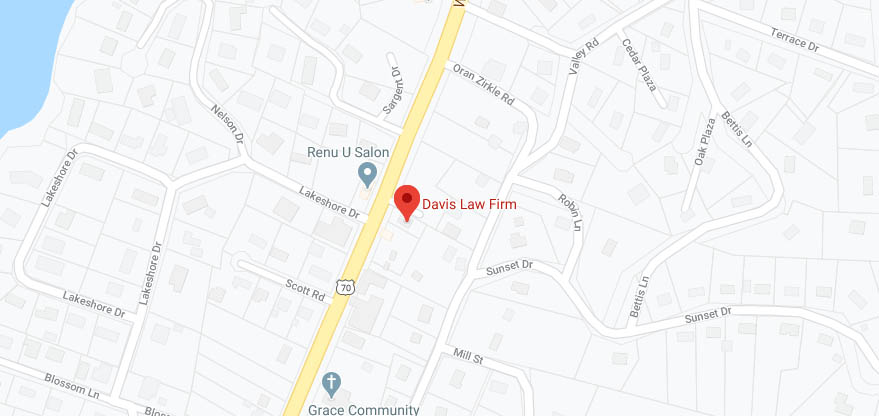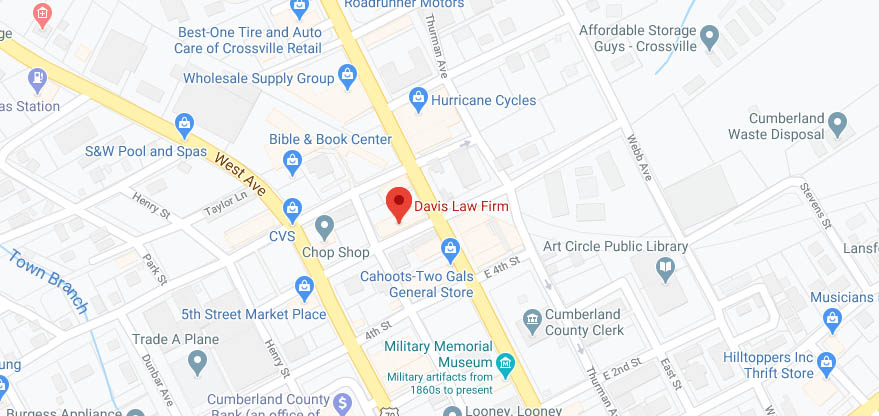Burn injuries run the risk of death from shock or infection. They can be caused by fires, chemicals, or steam. Not only does treatment take a long time, but even with a long recovery time, some people are left with scars that only plastic surgery can remedy. Treatments for burns can be extensive, often requiring daily medications with new bandages. If you suffered personal injuries from a car accident caused by a negligent driver, try contacting a Tennessee auto accident lawyer about compensation.
Levels of Burn Injury Severity
The three main levels of are first-degree, second-degree, and third-degree burns. There are also deeper levels of burns, but these are rare.
First-degree burns are the mildest because they only inflict damage to the outer layer of skin called the epidermis. The person
will still experience pain and redness, but the symptoms tend to heal faster than other burns with no scarring.
Second-degree burns go straight through the epidermis and damage the inner layer of skin called the dermis. This is the kind of burn that leaves scars and can lead to serious infections if left untreated. People tend to experience greater pain, redness, and swelling. Medical attention is often necessary with these kinds of burns.
Third-degree burns damage the layers of skin and fat tissues. This can lead to nerve damage, severe scarring that will likely require skin grafts, and numbness. People at this stage may seek plastic surgery, which is usually not covered by insurance.
Burns at greater levels affect the remaining tissues underneath the skin, right down to the bone. These will require extensive skin grafts, medical attention, and daily medications for managing pain and preventing infection.
How Burns Injuries Are Managed
The two primary purposes of are pain management and infection prevention. This can mean antibiotic creams or powerful antibiotics administered through an IV. Hospitals will also use an IV to keep patients hydrated and supply pain medications.
The daily schedule of recovering from burn injuries in a hospital can be stressful. Bandages will be changed regularly and burns will be cleaned daily. This tends to be followed by the application of more antibiotic creams. Skin grafts will be used for serious burns. Sheet grafts are used for the face or hands, meshed grafts cover larger wounds, and full-thickness grafts are applied to smaller areas.
Many patients will also have to struggle with skin tears, blisters, and ulcerations when their injuries are not handled with care. A simple bump or rubbing of clothing can exacerbate these symptoms.





